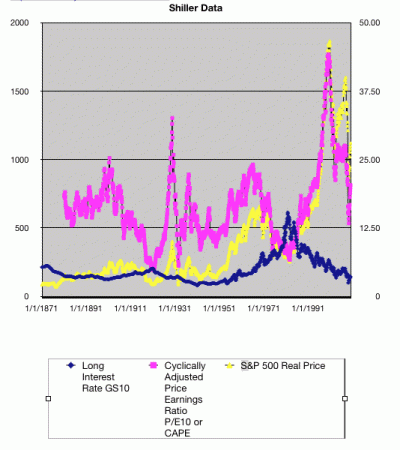haha
Give me a museum and I'll fill it. (Picasso) Give me a forum ...
As of the close on March 18, Shillers PE10 stood at 21.34. We have had a considerable rally since then, so it is higher now.
To help put this into perspective (probably not a very appealing task) here is some data about PE10 and subsequent returns, summarized by decile and by quartile.
Investment Postcards from Cape Town » US stock market returns – what is in store? » Print
But Ha, you say, Warren Buffet says he is "all in on America".
You be the judge!
I have sold any equities in retirement accounts, but still own a lot in taxable accounts on which I do not want to realize the gains. I posted the same thing in 2007, and I was sorry that I let the tax tail wag the investment dog. But that was after the damage had been done, and thus easy to feel.
Ha
To help put this into perspective (probably not a very appealing task) here is some data about PE10 and subsequent returns, summarized by decile and by quartile.
Investment Postcards from Cape Town » US stock market returns – what is in store? » Print
But Ha, you say, Warren Buffet says he is "all in on America".
You be the judge!
I have sold any equities in retirement accounts, but still own a lot in taxable accounts on which I do not want to realize the gains. I posted the same thing in 2007, and I was sorry that I let the tax tail wag the investment dog. But that was after the damage had been done, and thus easy to feel.
Ha



